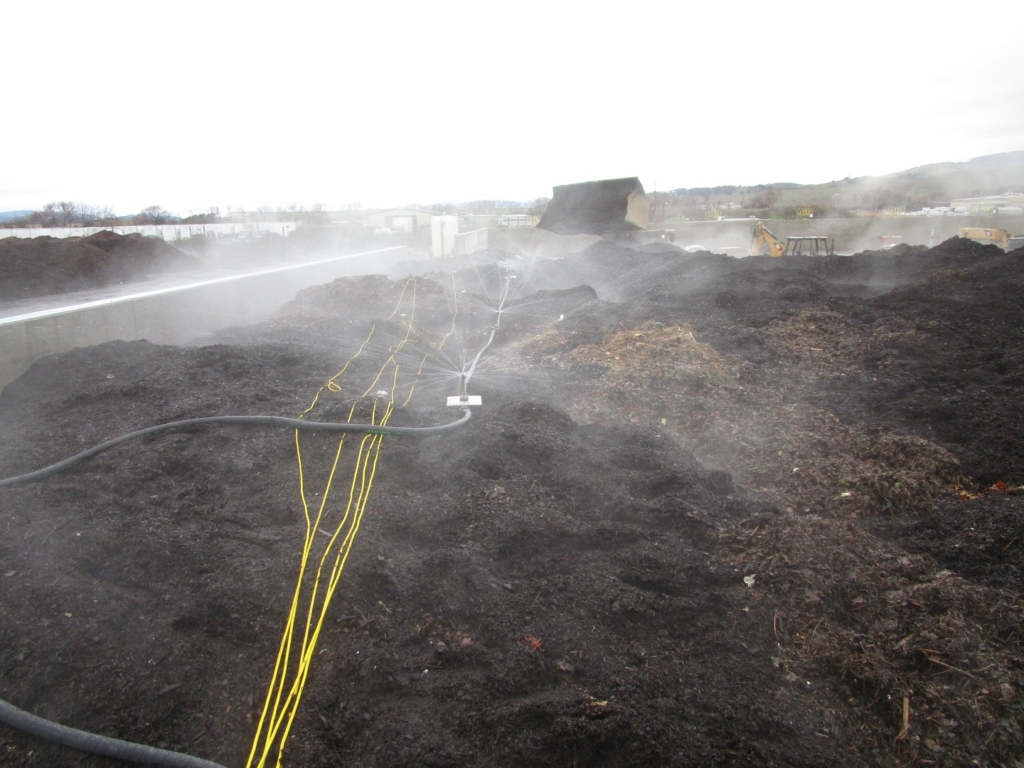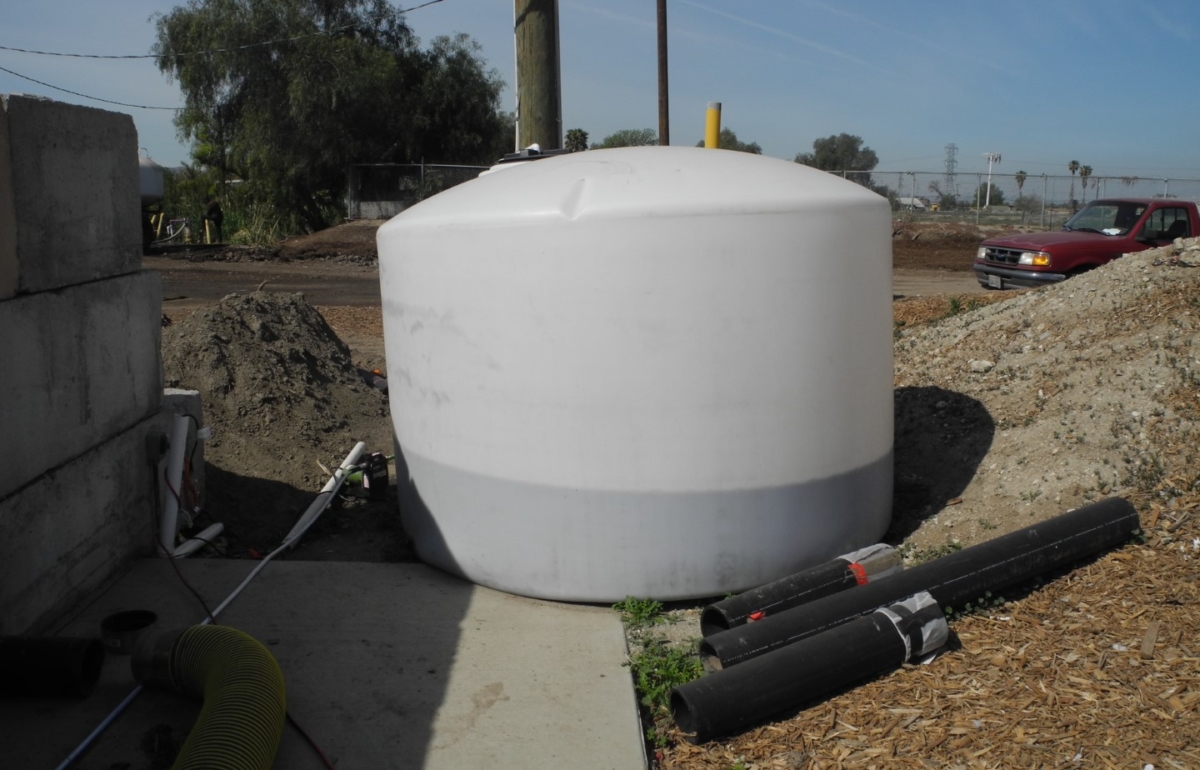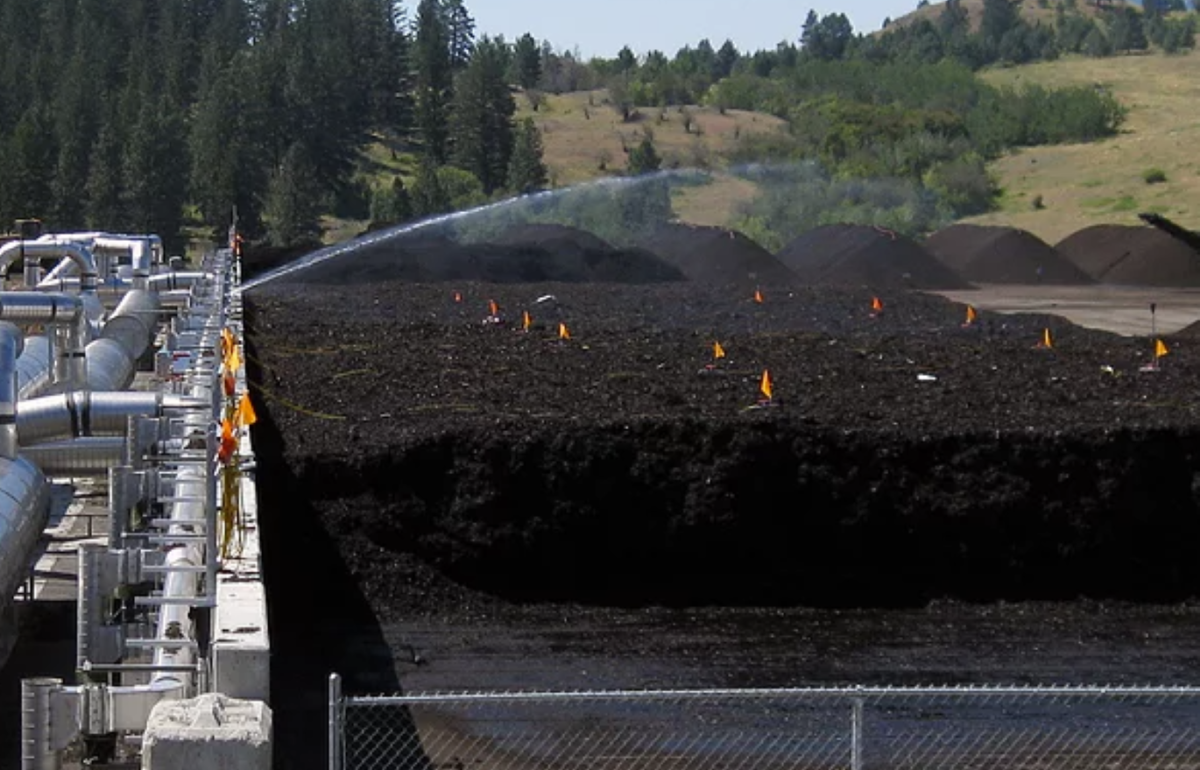ECS developed a water balance tool to help calculate the water generation and water consumption for a composting facility. This integrates material information, local weather data, and our years of design experience to help our customers plan their facility. We commonly provide these process outputs to the Civil engineering team to integrate into the overall site planning.


Composting produces and consumes high quantities of water. Sources are commonly broken into:
While definitions can vary by local water board jurisdiction, pathogenic water sources generally include any liquid that contacts pathogen containing material. This includes leachate in the primary process, rainwater that the primary system contacts or liquid from the active tipping and mixing area.
Non-pathogenic sources include: duct condensate, drive aisles, storage area runoff, and (usually depending upon local rules) leachate + runoff from secondary zones, which have gone through PFRP.

Composting also consumes large quantities of water. This includes:
Optimal management of this resource varies based on incoming feedstock properties, local weather, process, site design, and other factors. ECS works with the project team to help develop solutions that minimize odor and cost.